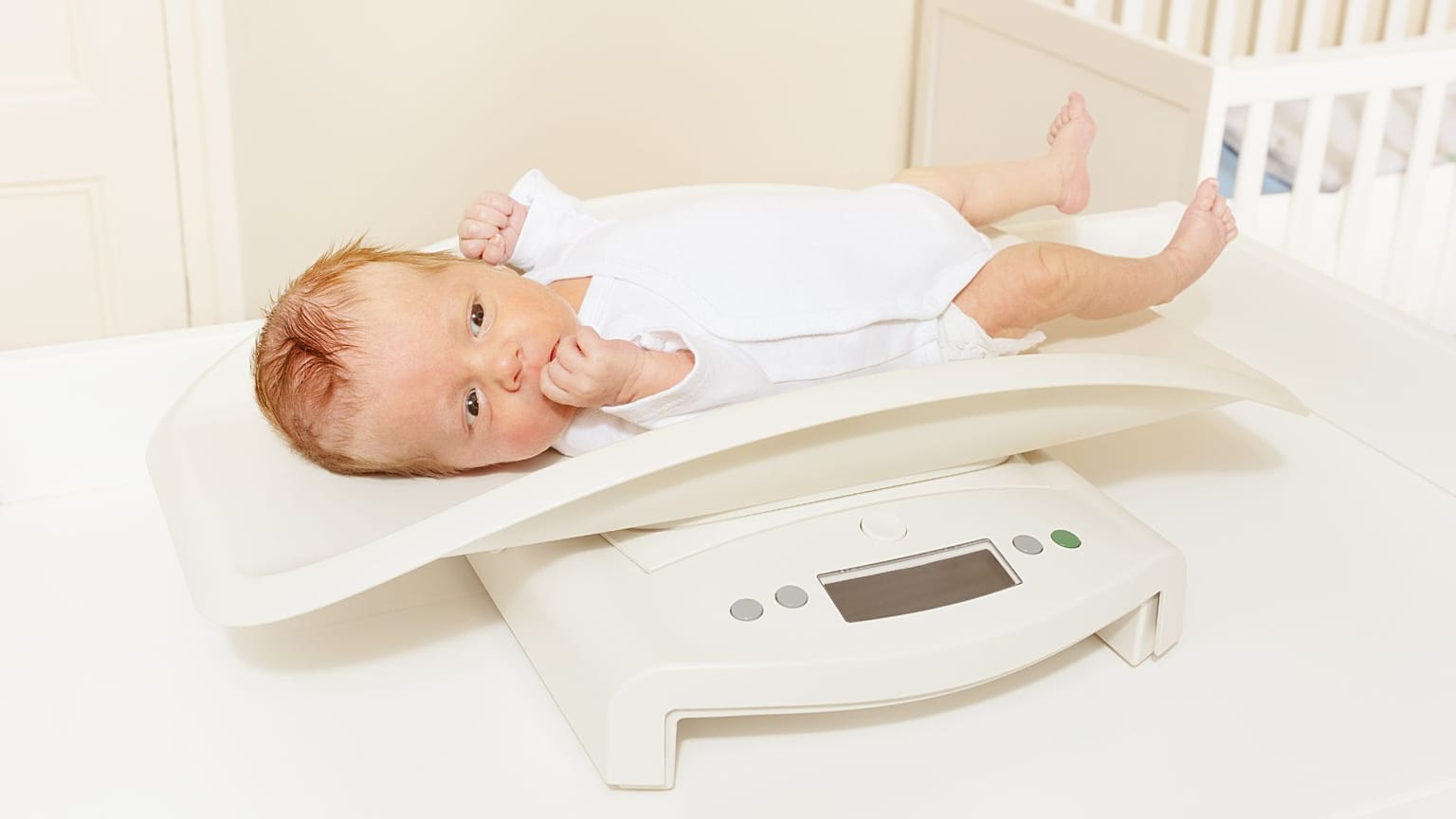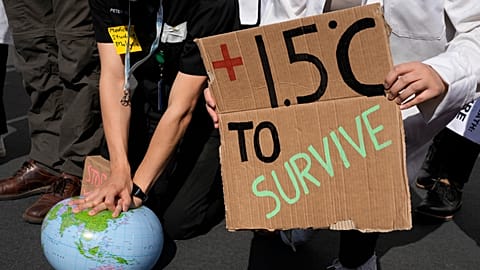Exposure to extreme temperatures could be impacting babies’ birth weights, a new study has found.
Climate change could be impacting babies’ birth weights, a new study reveals.
Exposure to cold or heat stress, particularly in the latter stages of pregnancy, could lead to children being born too large or too small for their gestational age.
Birth weight can impact a child’s development and chances of survival. It can also indicate their vulnerability to illness and disease in adulthood.
How could cold and heat stress impact birth weight?
The study, carried out by researchers from the Curtin School of Population Health in Perth, examined more than 385,000 pregnancies in Western Australia between 2000 and 2015.
Using the Universal Thermal Climate Index (UTCI), which describes the physiological comfort of the human body under specific conditions, it looked at exposure to heat or cold stress.
Exposure from 12 weeks prior to conception until birth was analysed to determine if it had any impact on birth weight.
Of the study sample, 9.8 per cent of children were born too small and 9.9 per cent were born too large for gestational age.
The researchers found that exposure to extreme cold or heat stress during pregnancy increased the risk of abnormal birth weight.
This could be because thermal stress exposures increase dehydration and induce oxidative stress and systemic inflammatory responses, according to the researchers, which can negatively impact foetal health.
Who is most at risk from heat and cold stress?
The average biothermal exposure was between 8.1 and 30C, indicating slight cold stress at the lower end and moderate heat stress on the higher end on the UTCI scale.
The 1 per cent of people most exposed to either the top or bottom end of this temperature scale were most likely to see changes in birth weight.
This was especially true for those exposed to temperature stress in the latter stages of pregnancy.
The risk became greater for certain groups, including non-white people, male births, pregnancies in those aged 35 or over, those in rural areas and those who smoked during pregnancy.
This adds to growing evidence of the threat posed by climate change to reproductive health. As well as making heat and cold waves more common, it is fuelling vector-borne diseases, natural disasters, and scarcity of resources, all with damaging health impacts.


















